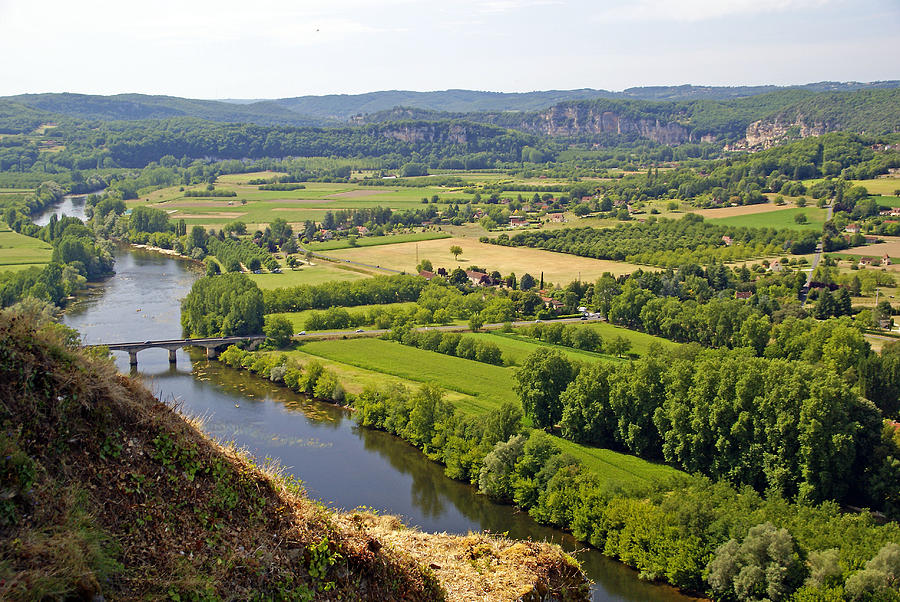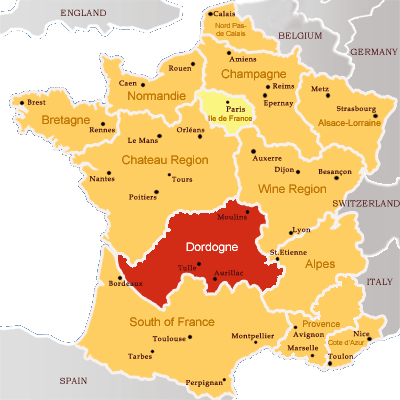

Take the opportunity to try their delicious products. Don’t miss the 16th century Maison de la Sirène which takes its name from the fine mermaid carving at the top right of the front door.īefore continuing your discovery journey to the Caves of Lascaux in Dordogne, don’t forget to stop off at the village of Chapelle-aux-Saints, where a complete skeleton of Neanderthal Man was discovered and visit the museum devoted to him in the village.īetween Argentat and Beaulieu sur Dordogne, the village of Monceaux sur Dordogne has a local producers’ market every Thursday evening in July and August. It is a good idea to go there in the morning to wander through its narrow, traffic-free streets. Natura 2000 network sites in France: 7 620 ha in Valle de la Dordogne sur lensemble. The village of Collonges-la-Rouge is built of bright red sandstone blocks. Alluvial habitats of the Dordogne river are being impacted by human. Curemonte is dominated by no less than three medieval catles and a 12th century Romanesque church. The Vallée de la Dordogne opens up towards the villages of Curemonte and Collonges-la-Rouge, two of the « Loveliest Villages in France ». Its emblematic quayside is a lovely place to stroll past fine, lauze-roofed houses with wooden balconies.Īt the southern tip of Corrèze, the village of Beaulieu-sur-Dordogne nestles in a loop of the river with plenty of water sports to try and a Romanesque Chapelle des Pénitents to visit. Take a river trip with a difference aboard a traditional flat-bottomed barge or ‘gabare’ and learn about the way of life of the mariners who used to sail them down the river Dordogne to Bordeaux, transporting carassones (stakes for vines) and merrains (planks of wood) to make barrels for the wines of Bordeaux and Bergerac.Īrgentat used to be the main port for ‘gabariers’ (river seamen). Next, take a boat trip upriver through the upper Dordogne valley to the chapel at Port-Dieu, or a cruise on Lac de Bort to admire the Château de Val and the edge of the dam. La Roque Gageac is a picturesque village that is wedged between the Dordogne River and towering limestone cliffs about 10 km from Sarlat in the Dordogne region of France. Visit the Musée des Tanneries at Bort les Orgues to see how leather is made and breathe in the wonderful smell of the full-grain leather.
LA DORDOGNE RIVER SERIES
Next, a series of dams take you southward through Corrèze : Barrage de Marèges, Barrage de l’Aigle, Barrage du Chastang, Barrage du Sablard, before the River Dordogne continues its peaceful journey onwards to the départements of Lot and Dordogne.Īdmire the fascinating landscape of phonolithic columns resembling organ pipes at Orgues de Bort in totally unspoilt natural surroundings. Walk along its 380 metre long crest for magnificent views of one of the rare industrial works built during the Second World War and the vast reservoir of Lac de Bort. The higher terrace (Fw3) formed before the Eemian and was covered by colluvial fans, mainly during MIS 2 and 3.The first attraction is the dam at Bort-les-Orgues. The main phase of bedrock incision spanned the Holocene, whereas the period of channel adjustment to change in river regime during late Marine Isotope Stage (MIS) 2 only led to a redistribution of the Pleniglacial gravels. Floods seldom reached the Fx terrace during the late Holocene and accretion became negligible.

Finally, the channels were plugged by overbank fines until about 5 ka. Dordogne river a UNESCO Biosphere Reserve. 11-10 ka following shrinkage of the river bed into a single meandering channel and were partially filled by gyttjas during the Boreal chronozone. Most of the anabranching channels were abandoned at ca. This study shows that the lowest terrace (Fx) is made up of two major lithostratigraphic units: (i) dominantly horizontal gravel strata interpreted as compound bar deposits in a braided river, which pre-date 18-17 ka, and (ii) thick lateral accretion gravel units (point bars) formed in an anabranching river during the Late Pleniglacial and Lateglacial.


The lower terraces of the Dordogne River at Bergerac (south-west France) were studied in detail using cores, trenches, ground penetrating radar profiles, and 14 C, optically stimulated luminescence and infrared stimulated luminescence dating.


 0 kommentar(er)
0 kommentar(er)
